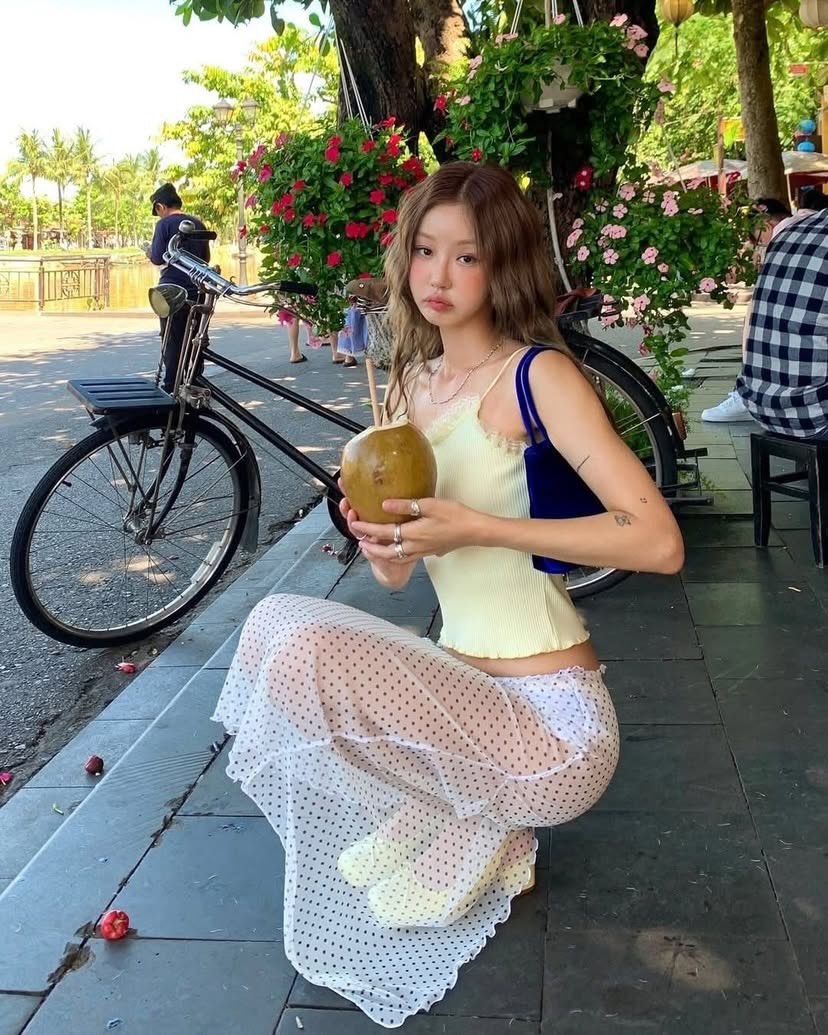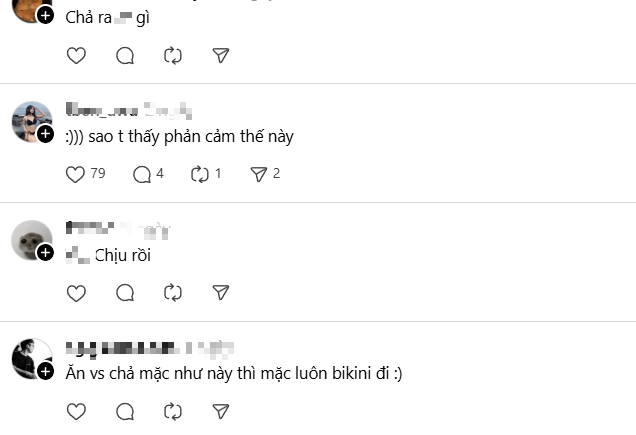Fashion is always a mirror reflecting culture, personality, and social changes. From traditional conservative outfits to bold trends, each choice carries its own story. However, when a trend crosses the boundaries of common acceptance, it can spark strong waves of controversy, especially in the realm of social media.
The story of a beautiful girl wearing a sheer dress while checking in at Hội An is a prime example.

Seductive or Inappropriate?
Beauty often lies in the eye of the beholder, but in fashion, the line between seductive and inappropriate is incredibly thin. An outfit considered “seductive” typically emphasizes curves in a subtle way, showcasing the beauty of the body with moderation, instilling confidence in the wearer without making others feel uncomfortable. Conversely, “inappropriate” is often associated with excessive exposure, being unsuitable for the occasion, shocking, or going against widely accepted cultural and moral values.


Appearing at a culturally iconic location such as Hội An, which preserves traditional values, the girl wearing such a bold outfit as shown below understandably received backlash. Hội An is not only a tourist destination but also a UNESCO World Heritage site. This space embodies a unique elegance and antiquity. Accordingly, the girl combined a cool spaghetti-strap top with a “sheer” skirt that revealed her inner wear. Therefore, this outfit is seen as too bold, potentially being regarded as incompatible, even “out of place” in this context.
“Dressing indecently. Beautiful but lacking culture. Wearing this at the beach, who would say anything;”
“In Hội An, even Ngân 98 wouldn’t dare to expose like this;”
“Although I sell lingerie, I think wearing like this in the old town is inappropriate…”


Reactions from Bystanders
From shyness and blushing to questioning standards of modesty. An outfit may look stunning on the runway or at a party but can be inappropriate when visiting a temple, attending school, or strolling through areas rich in traditional values. It is the wearer’s responsibility to respect the space, culture, and feelings of the surrounding community.
The initial images were perceived as those of an international tourist, but when shared and circulated, they quickly became a “phenomenon” causing a stir. Notably, this post was from a fake account that, recognizing the community’s interest, intentionally posted to “gain views.” This escalated the story from a fashion issue to a personal attack and the spread of misinformation.

The explosion of “clickbait” posts on the Thread platform recently has also raised questions about user responsibility. In the face of shocking information, many people tend to share and comment immediately without verifying the source or authenticity. This inadvertently aids those who spread fake news and misinformation.
Ultimately, the question of how to balance maintaining cultural values with the openness and freedom of an international tourist destination remains. Perhaps, the answer does not lie solely in prohibiting or criticizing. It requires understanding from both sides. Tourists need to learn about and respect the culture and customs of their destination. Meanwhile, local communities also need to implement subtle and civilized educational outreach solutions. For instance, instead of imposing rigid rules, they could encourage tourists to wear outfits suitable for the context, as has been done at certain temples and pagodas.